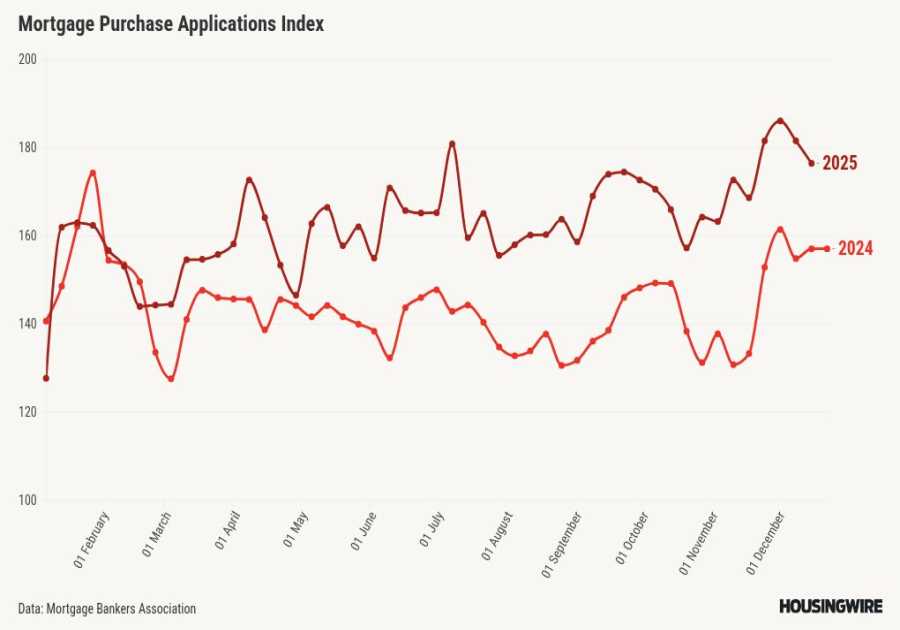SpaceX surprised everyone with the rapid spread of Starlink internet access, but the company may have overextended itself. Speeds have been on the decline while prices keep going up, and the solution is more satellites. SpaceX has been making plans for its Gen 2 Starlink megaconstellation, and it’s showing off the “V2 Mini” satellites that will help it get there without waiting for the delayed Starship rocket.
Starlink plans to launch the first V2 Mini satellites later today (Feb. 27) aboard a good old-fashioned Falcon 9 rocket. This vehicle is still SpaceX’s workhorse despite years of work on the upcoming Starship. SpaceX CEO Elon Musk previously said that Starship would reach orbit in 2022, but the company is still performing engine tests on Starship and its Super Heavy first-stage booster. SpaceX is targeting the next few weeks for Starship’s first orbital test.
The V2 Mini satellites appear to be halfway between the old Starlink nodes and the upcoming V2 satellites. They will physically fit inside the Falcon 9’s hull, but the rocket will only be able to send 21 of them into space at a time. That’s a far cry from the 60-satellite payload for Starlink V1 missions. According to Teslarati, that means each V2 Mini satellite has a mass of about 1,830 pounds (830 kilograms).
V2 minis include key technologies—such as more powerful phased array antennas and the use of E-band for backhaul—which will allow Starlink to provide ~4x more capacity per satellite than earlier iterations
— SpaceX (@SpaceX) February 26, 2023
The true Starlink V2 satellites are much larger than the current design, weighing up to two tons (4,400 pounds) each. These satellites will offer 10 times the bandwidth of the V1 satellites, and the FCC has granted SpaceX a license to deploy as many as 7,500 of them in new orbits. SpaceX previously added a few V1 satellites in these orbits, probably to conduct testing for the Gen 2 deployment. Clearly, SpaceX has decided that it needs to expand capacity now rather than waiting on Starship to launch V2 satellites.
The V2 Mini won’t have the capabilities of the full-scale version, but they make several important improvements over the V1 type. They have a larger, more powerful phased array antenna, along with two 52.5-square-meter solar panels. They will use the E-band for backhaul, allowing for up to four times higher network capacity. That will make up for the smaller number of satellites per launch. The V2 Mini also has a new Argon-based Hall thruster, replacing the more expensive Krypton-fueled engine from earlier Starlink hardware.
You can catch live coverage for the first V2 Mini below at 5 p.m. ET. The launch is slated for 6:13 p.m.
Now read:
- Starlink Announces 1TB Data Cap for Residential Users
- T-Mobile, SpaceX Announce Smartphone Satellite Connectivity Coming Next Year
- Astronomers Grow Concerned Over Starlink V2 Launch
Read More
By: Ryan Whitwam
Title: SpaceX Will Launch ‘V2 Mini’ Satellites to Boost Starlink Capacity
Sourced From: www.extremetech.com/extreme/343391-spacex-will-launch-v2-mini-satellites-to-boost-starlink-capacity
Published Date: Mon, 27 Feb 2023 18:09:22 +0000
Did you miss our previous article...
https://trendinginbusiness.business/technology/snapchat-is-launching-its-own-ai-chatbot-powered-by-chatgpt
.png)





